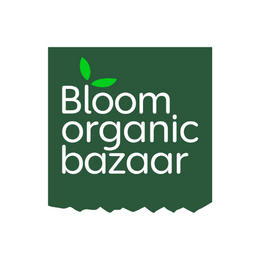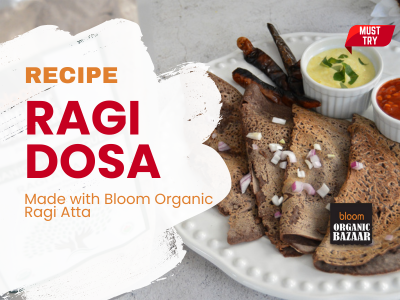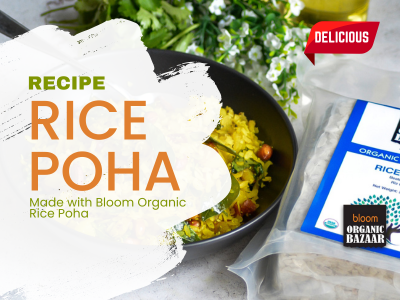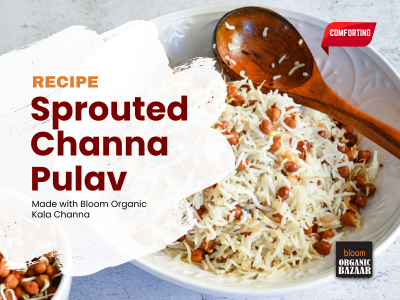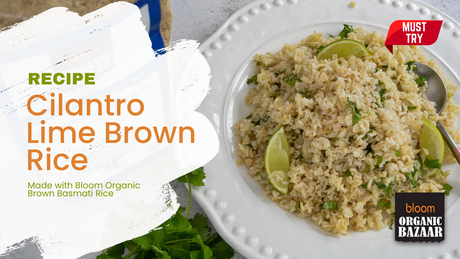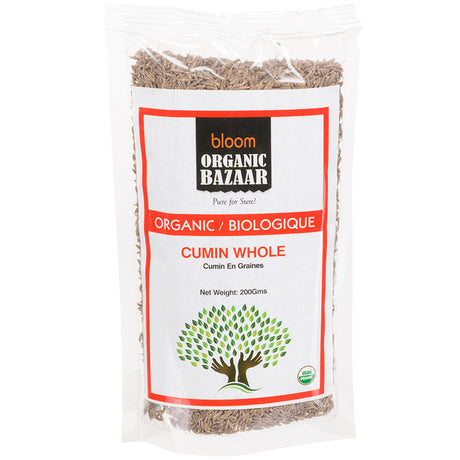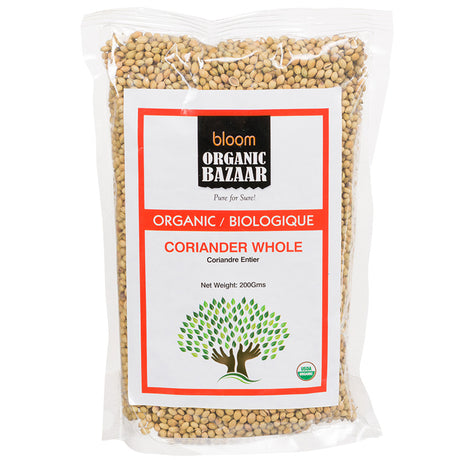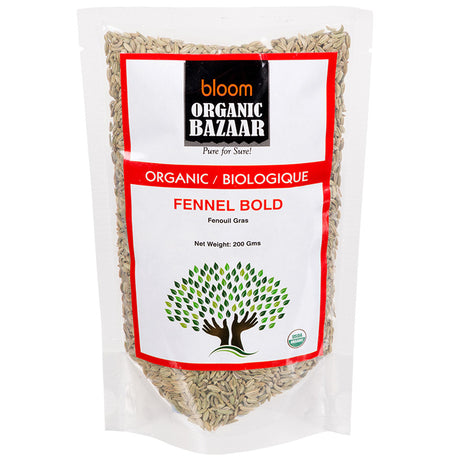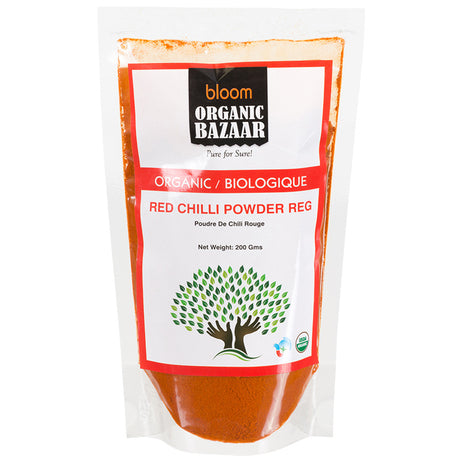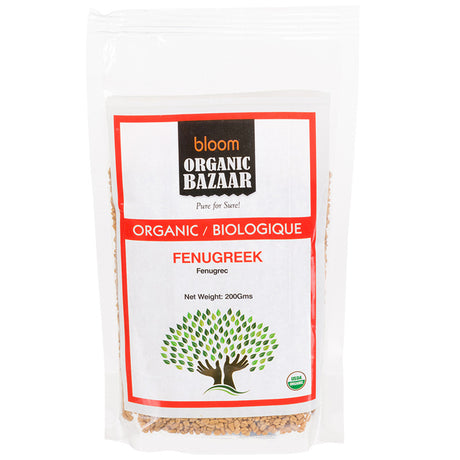
These are two logos that are most commonly visible on products that are sold under the ‘organic’ label in North America – Canada Organic and USDA. Consumers who demand pure organic products need to educate themselves on what these logos mean. And the rigorous regime imposed on the producers of organic products before they are allowed to display them on their products.
Let’s start with Canada Organic. This is a certification that is granted by the Canadian Food Inspection Agency (CFIA). To quote from the CFIA websites: “Producers of these products must be prepared to demonstrate that organic claims are truthful and not misleading, and that all commodity-specific requirements have been met.”
All foods sold in Canada must comply with two important laws – Foods and Drugs Act and Safe Food for Canadians Act.
Producers and sellers in the Canadian organic space are required to meet all stipulations detailed in the act for any product categorized as food. When it comes to organic foods or products, there are additional hoops businesses have to jump through in order to qualify to win the right to use the Canada Organic logo.
Even more stringent are the steps required of those who import from foreign sources. They are put to a whole range of extra rigorous tests and verification so that the Canadian consumer is not taken advantage of. “I know it was a long and difficult journey, but I am happy we have been able to go through with it,” says Sunil Kalra, CEO, Bloom Organic Bazaar. As he points out, “it gives Bloom products the credibility that customers can trust instinctively.”
Use of the Canada organic logo is only permitted on products with 95 per cent or more organic content that have been certified according to the requirements of the Canada Organic Regime.

Requirements for imported organic products
“Imported organic products may be certified to the Canadian Organic Standards by a CFIA accredited certification body or be certified in accordance with an equivalency arrangement established between Canada and the exporting country. Where an equivalency arrangement is in place, organic products have to be certified by a certification body accredited by that country and recognized by Canada. Imported certified organic products with 95 per cent or more organic ingredients may display the Canada organic logo on the labels. All relevant Canadian legislation would also continue to apply for the imported product.”
In the cases of countries like India with which Canada does not share equivalency arrangement unlike in the case of EU and the US, the onus is greater as CFIA insists on evidence proving the organic origins in remote regions all the way back to the Canadian shelves.
The CFIA mandates that all foods labeled organic must comply with Organic Production System whether they are sourced within Canada or brought from abroad. The system is defined as "Organic production is a holistic system designed to optimize the productivity and fitness of diverse communities within the agro-ecosystem, including soil organisms, plants, livestock and people. The principal goal of organic production is to develop operations that are sustainable and harmonious with the environment.”
American Gold Standard
The USDA logo granted to qualifying businesses by the US Department of Agriculture too have strict stipulations on who can who cannot display their logo.
To meet their requirement, they must be:
- Produced without excluded methods, (e.g., genetic engineering, ionizing radiation, or sewage sludge).
- Produced using allowed substances.
- Overseen by a USDA National Organic Program-authorized certifying agent, following all USDA organic regulations.
USDA tracks and monitors the products right through their supply chain including inspecting farms and businesses at least once a year. The following actions are taken by USDA to encourage strict adherence to their regulations:
- Inspecting every certified organic farm and business at least annually
- Conducting unannounced and compliance inspections
- Collecting samples to analyze for pesticides and other prohibited substances
- Investigating alleged violations on behalf of USDA
- Issuing non-compliance notices to operations when violations are found
- Entering into settlement agreements with operations, with terms that correct outstanding violations and quickly bring the business into full compliance
- Suspending or revoking organic certification if organic businesses fail to comply with the rules. A suspended or revoked operation can’t sell, label, or represent its products as having been organically produced or handled.
Now you know what and how much work goes behind each product that carries these symbols, don’t be impressed by labels like “Natural”. It might mean nothing in the end!
